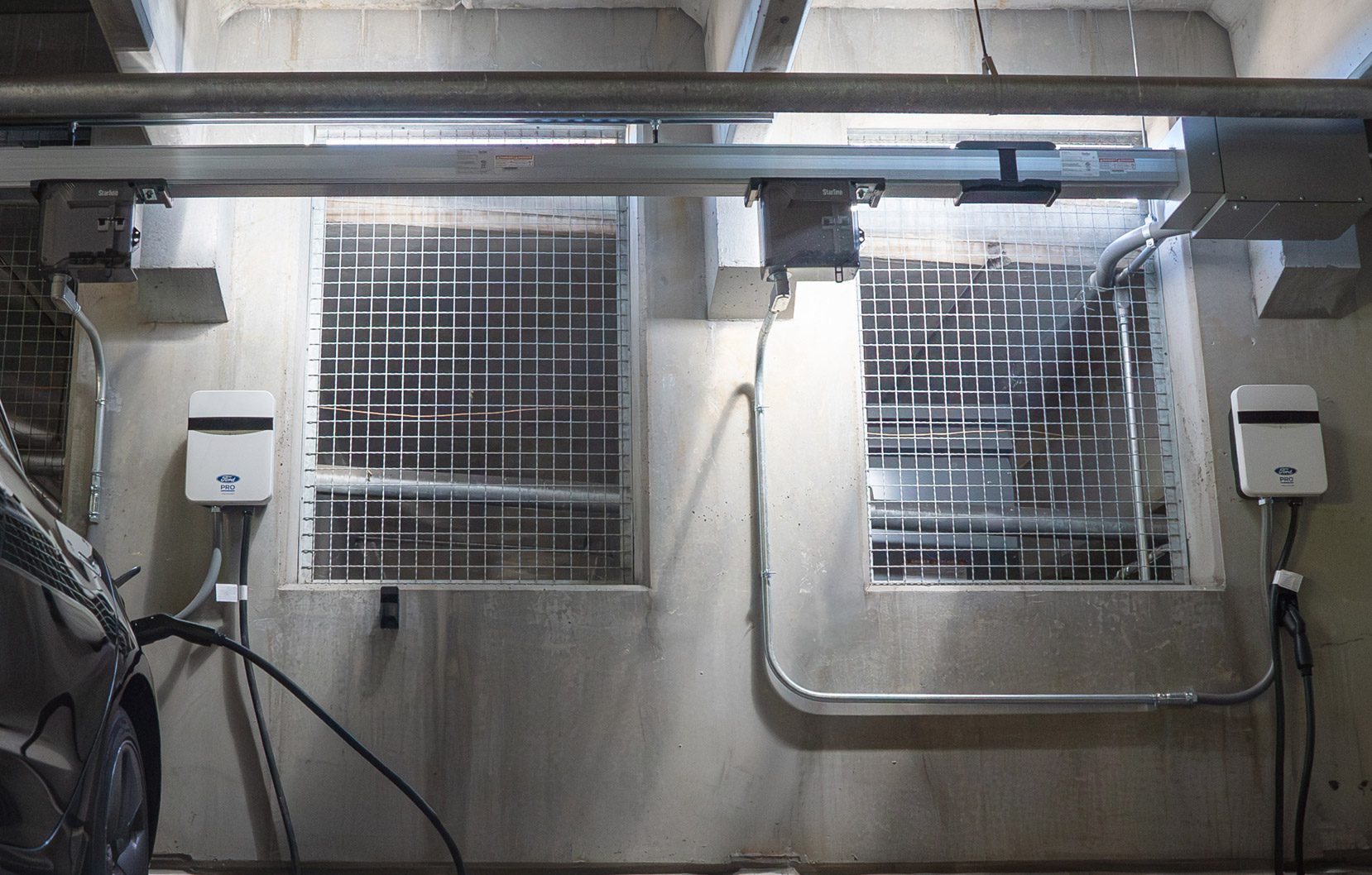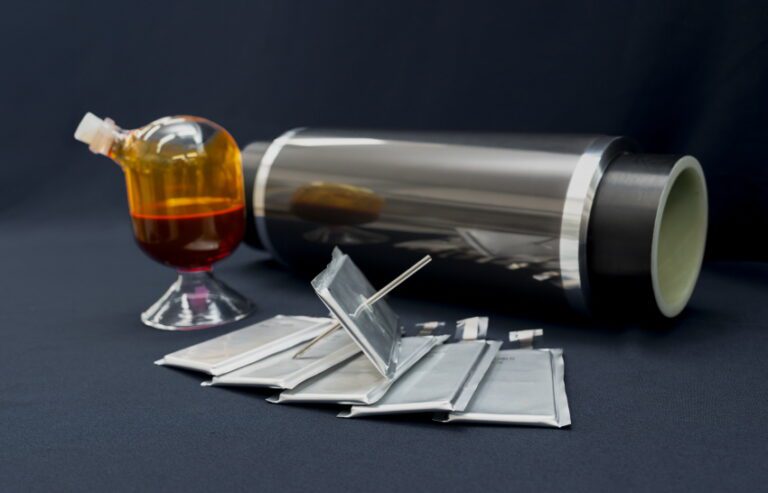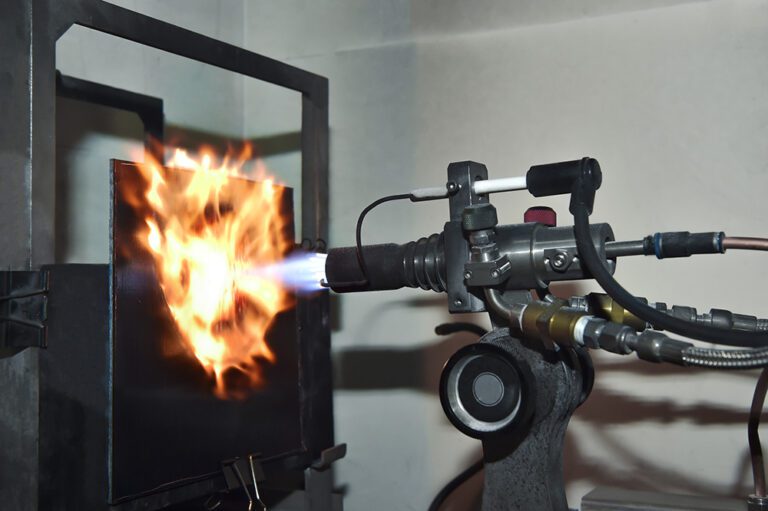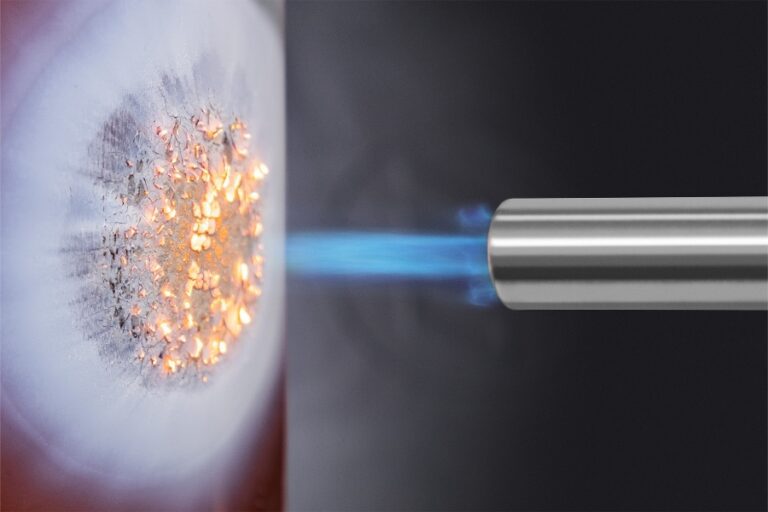Honeywell has released a new generation of battery safety sensors. The Battery Safety Electrolyte Sensor (BES) series is designed specifically for enhanced safety in lithium-ion battery on-road applications, and exceeds industry standards for performance and reliability, according to the company. The new BES uses Honeywell’s proprietary Li-ion Tamer [clever!] electrolyte gas detection technology to identify… Read more »
Search Results Found For: "thermal runaway"
Marelli’s new battery management system includes a system to prevent thermal runaway
Italian automotive supplier Marelli has developed a new version of its battery management system (BMS) for automotive applications, to be released in 2025. Based on Electrochemical Impedance Spectroscopy, the next-generation Marelli Energy Full EIS system is capable of early anomaly detection, preventing thermal runaway. The BMS is designed to enable higher frequency measurements and provide… Read more »
LG Chem discovers material to suppress thermal runaway in batteries
South Korean chemical company LG Chem has published a paper in the scientific journal Nature Communications about the development of a temperature-responsive material capable of suppressing thermal runaway in lithium-ion batteries. The paper, “Thermal Runaway Prevention through Scalable Fabrication of Safety Reinforced Layer in Practical Li-ion Batteries,” reports on the work of the company’s Platform… Read more »
Mitigating EV Battery Thermal Runaway Risks With Simulation Technology
Electric vehicle fires often become big news stories, but what actually causes them? A chain reaction inside the battery—called thermal runaway —causes the battery to generate excess heat and catch fire. Regulations have been put in place so that once a thermal runaway issue has been detected in the battery pack, occupants of the car… Read more »
Webinar: Mitigating thermal runaway risk in EVs with ENTERA® aerogel
Aerogel is emerging as a superior, performance-enabling material in thermal barriers designed to mitigate thermal runaway risk and reduce the risk of fires occurring in lithium-ion batteries in electric vehicles. Discover how Cabot’s ENTERA® aerogel offers efficient insulation performance for cell-to-cell thermal management requirements, and how its distinctive properties enable the creation of thin product forms… Read more »
LG Chem, LX Hausys develop flame retardant to delay thermal runaway in EV batteries
Chemicals company LG Chem and technology manufacturer LX Hausys in South Korea have developed a material that can withstand a 1,500° C flame for over 20 minutes, delaying battery thermal runaway. The Special Flame-Retardant Continuous Fiber Thermoplastic (CFT) can withstand strong flames and high pressure 14 times longer than other thermoplastics, according to the company…. Read more »
Thermal runaway in EV battery packs: designing a mitigation strategy
Aspen Aerogels’ cutting-edge materials protect against thermal runaway Thermal runaway occurs inside a battery cell through a fault, a crash scenario or some other defect that causes the cell to release thermal energy through chemical reactions. That thermal energy increases the temperature of the cell, the increased temperature drives faster kinetics, and more heat is… Read more »
Wevo’s new silicone-based materials inhibit thermal runaway
Wevo-Chemie has developed a range of silicone-based materials for battery modules and packs to prevent thermal runaway propagation. The thermally conductive gap fillers of the WEVOSIL 260XX FL series are certified UL 94 V-0. The company says its formulation has high heat and flame resistance, lower weight compared to mineral or metal-loaded compounds, and no outgassing… Read more »
KULR obtains commercial license to use NASA thermal runaway technology
KULR Technology Group, an energy management platform company, says it has attained operational readiness for its fractional thermal runaway calorimeter (FTRC), and has a commercial licensing agreement with NASA to use the agency’s patent-pending FTRC solution. KULR’s new commercial license follows a one-year trial license from NASA, and allows FTRC to be used by companies,… Read more »















